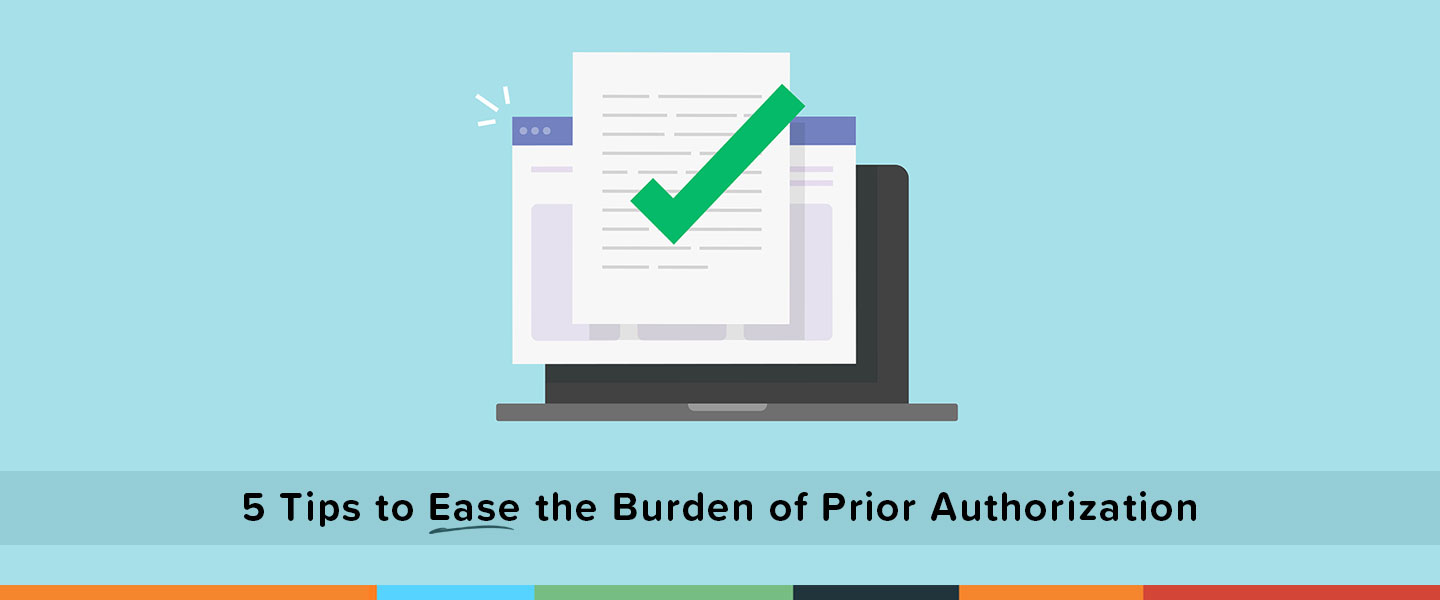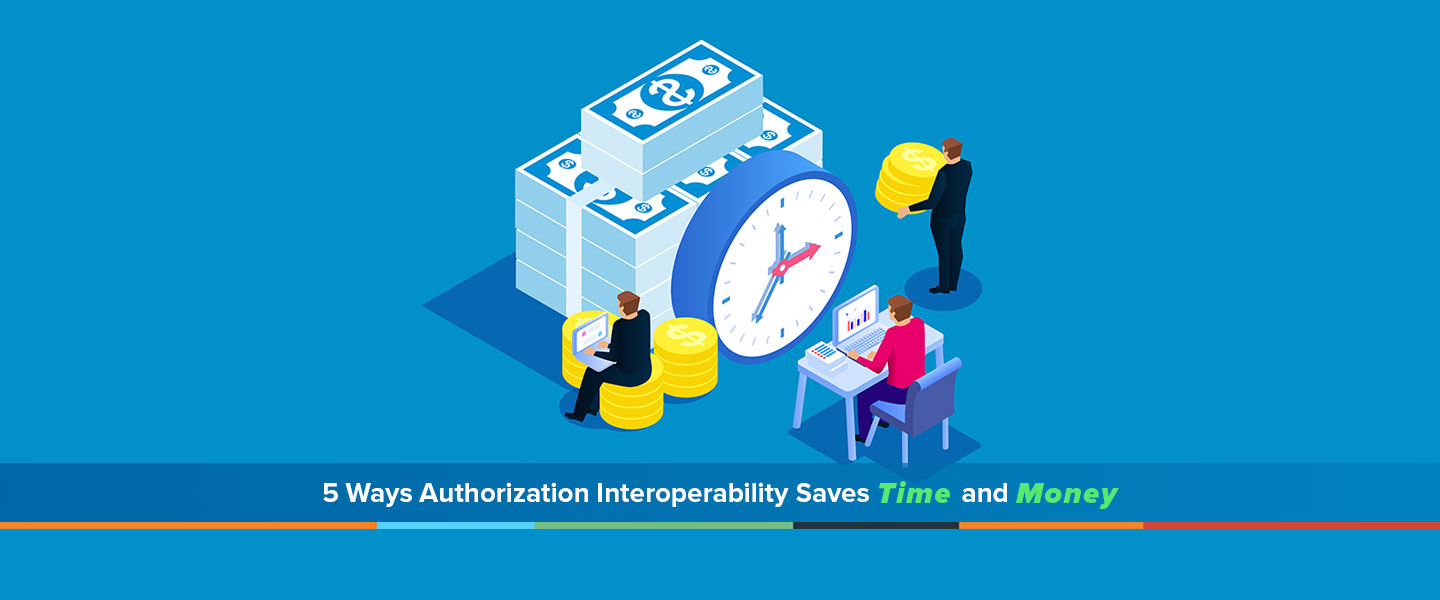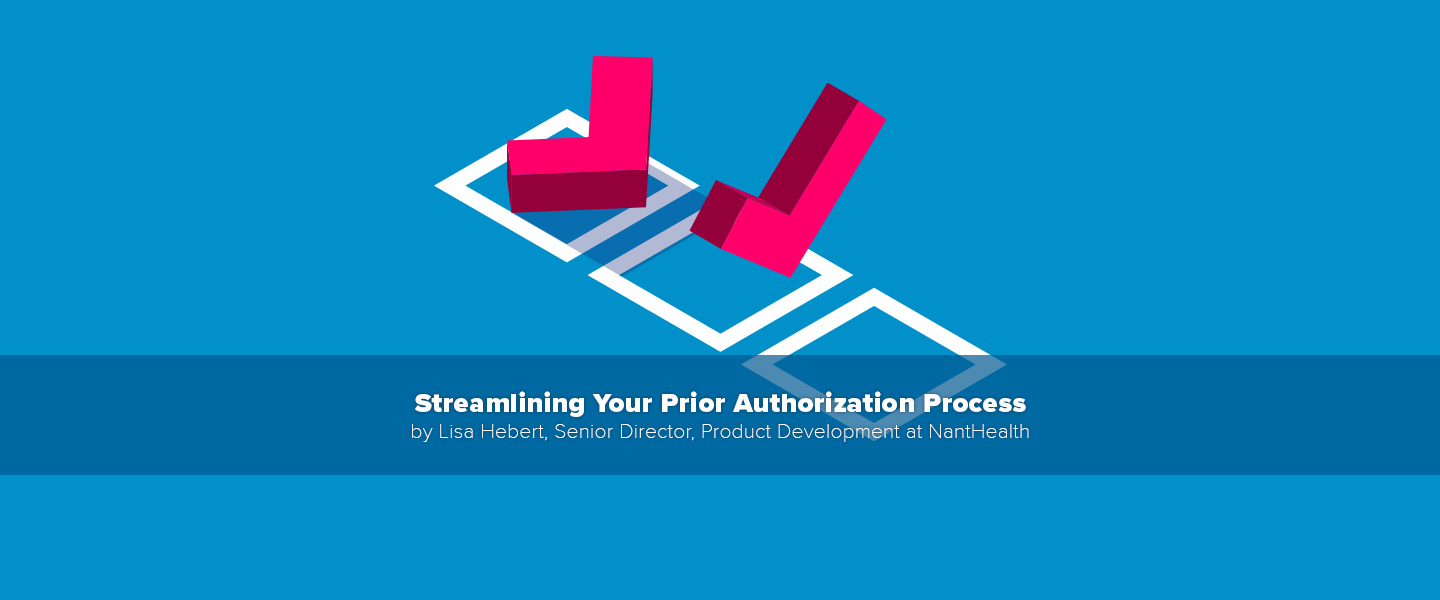The COVID-19 pandemic has stretched healthcare systems, forcing them to care for more patients with fewer staff. One immediate action healthcare systems should take to maximize the ability for existing staff to care for patients is to streamline—if not completely eliminate—time-consuming administrative work, including redundant, manual administrative processes associated with the prior authorization process and providing efficiencies to provide more time for patient care.
Prior authorizations put a tremendous burden on providers. Physicians average 29.1 prior authorizations per week, and their staff spends about 14.6 hours processing them. Medical authorizations can be one of the most inefficient and frustrating barriers to effective patient care, contributing to care delays in 92 percent of cases, according to a recent survey by the American Medical Association. Eighty-four percent of providers classify the burden of prior authorizations as high or extremely high.
Not only are prior authorizations confusing and complicated for all stakeholders, but they are also one of the highest cost payer/provider transactions. This is because much of the work is done manually and requires lengthy back and forth with the insurance carrier. Here are five key ways payers and providers can work together to help improve the prior authorization process and free their time for better use.
- Realize that not everything needs prior authorization. Providers often assume all treatments require prior authorization. Almost seven in 10 (69%) physicians report that it is difficult to determine whether a prescription or medical service requires prior authorization. To help minimize this hurdle, consider limiting prior authorizations to only services that require medical necessity or policy reviews, such as high-cost oncology care and drugs to manage autoimmune conditions.
- Turn to technology. Electronic tools can provide more transparency (and efficiency). Providers can find themselves in the habit of automatically starting down the path of a manual workflow, grabbing documents from multiple places. The paperwork quickly adds up. This is a major industry issue tracked by the CAQH Index, which found that out of the $39 billion spent each year conducting administrative transactions, 42% of that amount or $16.3 billion could be saved by transitioning to fully electronic transactions. Solutions like NantHealth’s Eviti Connect and NaviNet Open authorizations are designed to simplify the process for providers and their staff by walking them through information collection. The solutions make relevant medical policy information easy to find within an existing workflow.
- Improve data quality. Prior authorizations often require multiple interactions between providers and health plans, taking time and adding expense to the business of care. Requests for additional information and long appeals cycles are often involved. Providers also worry supplemental documentation could get lost, incorrectly associated, or delayed. Bridging this gap with technology can speed the process while simplifying the workflow, pulling together disparate data to provide a full picture of a patient’s needs, thereby helping reduce avoidable treatments and costs.
- Alleviate the supplemental documentation guessing game. Industrywide, a portion of claim submissions require supplemental documentation. NaviNet can help solve the mystery of the additional information needs based on what is being authorized. With the ability to attach documents to a specific prior authorization request, payers can see everything they need to make a decision in one place. The provider can also see a 360 view of this information, check status, and receive automatic updates, including whether or not additional information is required.
- Speed care in service of patients. An integrated solution that isn’t dependent on time zones and reaching people by telephone can eliminate the time burden and stress associated with keeping up with an ever-changing landscape of rules. Codified rules can be applied automatically, thereby adding value across the entire prior authorization process to ease these burdens on staff and expedite patient care.
Interested in learning more? Check out The Ultimate Guide to Prior Authorizations to discover everything payers need to know about simplifying the prior authorization process.







